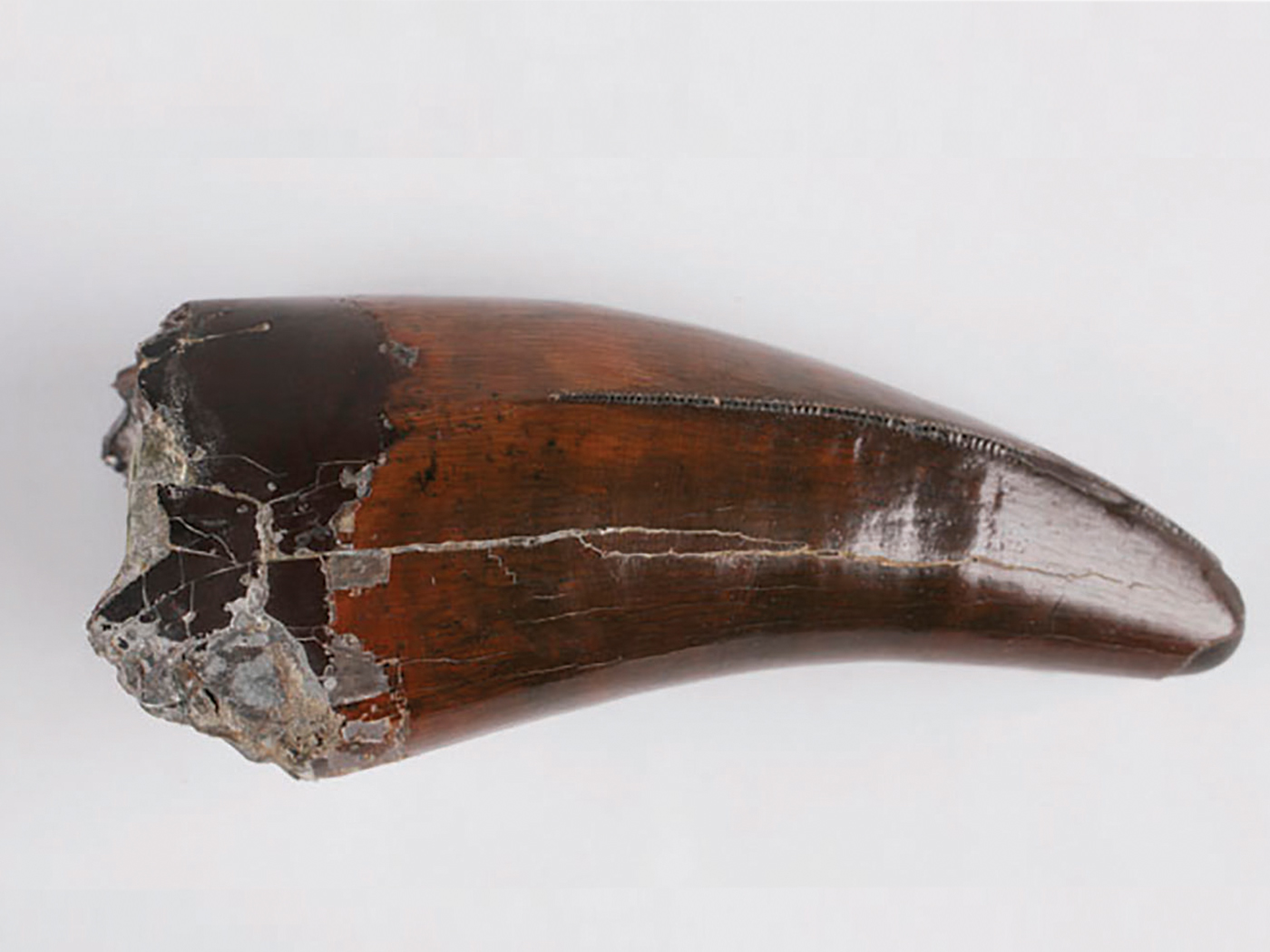From satellite images, researchers have concluded that the Jakobshavn Isbræ glacier in Greenland has set a new speed record for glacial flow.1 The ice stream’s calculated average speed for summer 2012 was 46 meters per day—more than 6 feet per hour. While that may not sound very fast, it is the fastest recorded speed for any Antarctica or Greenland ice stream.
This news should interest Christians because rapid glacial flow helps to answer secular claims that certain geological features prove that many “Pleistocene” ice ages occurred over millions of years in Earth’s history.
Glaciers carve and grind rock and leave behind unsorted sediments called glacial drift after they melt. The presence of glacial drift in locations that are presently unglaciated is an argument for a past ice age, although other diagnostic features are needed to be certain since underwater landslides can sometimes mimic these features.2
Secular scientists now believe more than 50 ice ages (or glacial intervals) occurred during the last 2.6 million years.3 Although the geological evidence for a single ice age is very strong, the supposed evidence for multiple ice ages is actually quite weak. The main argument for these supposed multiple ice ages comes from the belief that subtle changes within the chemistry of tiny shells in the seafloor sediments—i.e., changes in the oxygen isotope ratio, the amount of one variety of oxygen atom compared to another variety within the shell—represent changes in climate that have occurred over hundreds of thousands of years.
However, there are serious difficulties with attempting to infer past climates from the chemistry of seafloor sediments. One obvious problem is that the equation that converts the measured oxygen isotope ratio within a shell into a temperature has a second unknown: the oxygen isotope ratio of the seawater at the time the shell was being formed.4 Of course, there is no way that one can travel back in time to actually measure this quantity. Many other serious problems with this technique could be cited.5
Secular scientists acknowledge that physical glacial evidence for these supposed earlier ice ages is generally absent, and they attribute this absence to destruction by subsequent glaciers.6
Furthermore, secular explanations for how these multiple ice ages were generated (even the currently popular astronomical or Milankovitch theory) are simply inadequate.7 However, conditions after the Genesis Flood would have been very conducive to an ice age.8
Despite the general absence of evidence for multiple ice ages, there are locations where glacial deposits are separated by deposits that are apparently not of direct glacial origin. Hence, secular scientists argue that glacial drift was deposited during an ice age, a large amount of time passed during which non-glacial sediments were deposited, and then another ice age occurred. However, these multiple-till layers can actually be the result of glacial advances and retreats within a single ice age, as even secular geologists have acknowledged.9
Conditions during the post-Flood Ice Age would have been especially conducive to rapid glacial movement at the edges of the vast ice sheets. Winters would have been mild for much of the Ice Age, and these mild temperatures would have caused the ice to be relatively warm at the peripheries. Because warm ice deforms more easily than colder ice, the edges of the ice sheets would have been more likely to slip. Likewise, impurities within ice also make deformation more likely, and these impurities would have been provided in large amounts by residual post-Flood volcanic activity. Also, as in the case of the Jakobshavn Isbræ glacier, meltwater from the surface would have lubricated the bedrock-ice interface, making movement more likely. These factors would have favored rapid oscillations of the ice sheet edges, which in turn would have helped to produce the deposits that secular scientists erroneously interpret as evidence of multiple ice ages.10
Hence, today’s rapidly surging glaciers are a subtle reminder of the Ice Age and the event that caused it, God’s judgment of the world by a global flood in the days of Noah. They also chip away at secular science’s assertion of multiple ice ages over millions of years.
References
- Perkins, S. Scienceshot: Glacial Speed Record. Posted on news.sciencemag.org February 3, 2014, accessed February 4, 2014. The iceberg that sank the Titanic is believed to have calved off this same Jakobshavn Isbræ glacier over a century ago.
- Oard, M. J. 1997. A classic tillite reclassified as a submarine debris flow. Journal of Creation (formerly TJ). 11 (1): 7.
- Walker, M. and J. Lowe. 2007. Quaternary science 2007: a 50-year retrospective. Journal of the Geological Society. 164 (6): 1073-1092.
- Wright, J. D. 2010. Cenozoic Climate – Oxygen Isotope Evidence. In Climates and Oceans. Turekian, K. K., compil. Amsterdam: Academic Press, 316-327.
- Oard, M. J. 2007. Astronomical troubles for the astronomical hypothesis of ice ages. Journal of Creation. 21 (3): 19-23.
- Stalker, A. MacS. and J. E. Harrison. 1977. Quaternary glaciation of the Waterton-Castle River region of Alberta. Bulletin of Canadian Petroleum Geology. 25 (4): 882-906.
- Oard, Astronomical troubles for the astronomical hypothesis of ice ages.
- Hebert, J. 2013. Was There an Ice Age? Acts & Facts. 42 (12): 20.
- Jackson, L. E., L. D. Andriashek and F. M. Phillips. 2011. Limits of successive Middle and Late Pleistocene continental ice sheets, interior plains of southern and central Alberta and adjacent areas. Developments in Quaternary Science. 15: 580.
- Oard, M. J. 1990. An Ice Age Caused by the Genesis Flood. El Cajon, CA: Institute for Creation Research, 159-166.
* Dr. Hebert is Research Associate at the Institute for Creation Research and received his Ph.D. in Physics from the University of Texas at Dallas.
Article posted on February 19, 2014.





















